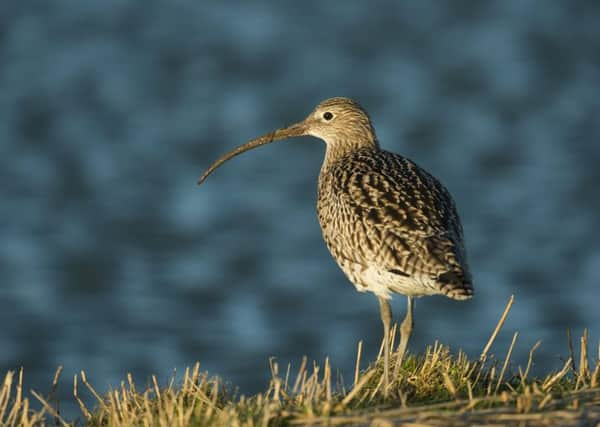Half Scotland's upland birds suffer '˜significant long-term decline'


Scottish Natural Heritage’s latest Index of Abundance for Scottish Terrestrial Breeding Birds, reveals that ten of the 17 upland species fell in numbers between 1994 and 2016, contributing to an 16 per cent decrease among upland birds over the period.
Breeding waders including curlew (-62 per cent), golden plover (-43 per cent), dotterel (-60 per cent), black grouse (-53 per cent) and lapwing (-63 per cent) were among those suffering the most “worrying declines”.
Advertisement
Hide AdAdvertisement
Hide AdSNH said major work is under way to help tackle these declines, including extensive peatland restoration and the Working for Waders project.
However Scotland’s woodland and farmland birds enjoyed contrasting fortunes, with woodland birds increasing by 67 per cent between 1994 and 2016, and farmland birds increasing by 13 per cent.
The biggest winners were woodland specialists such as the great-spotted woodpecker, which increased by 569 per cent from 1994-2016. The species has expanded across Europe, possibly as a result of increased forests and woodlands becoming more connected.
The chiffchaff showed the biggest increase of all birds, a staggering 818 per cent up since 1994.
Farmland birds such as the goldfinch (195 per cent), and whitethroat (135 per cent) have also grown in numbers.
Simon Foster, SNH’s trends analyst, said: “It’s wonderful to see that woodland and farmland birds are not only holding their own in Scotland, but that many are thriving.
“However, with some upland birds struggling, there are a lot of people and projects working hard to improve conditions for waders – some of which have seen worrying declines.
“We and many of our partners are hoping to see these birds fare better in the coming years.”
Advertisement
Hide AdAdvertisement
Hide AdTerrestrial breeding birds are considered a good biodiversity indicator as they respond quickly to variation in habitat, through changes in breeding output, survival or dispersal.
Since most bird species are relatively easy to identify and count they are often used as indicators of environmental change.
Data for the report was largely collected by volunteers through the BTO/Joint Nature Conservation Committee (JNCC) Breeding Bird Survey.